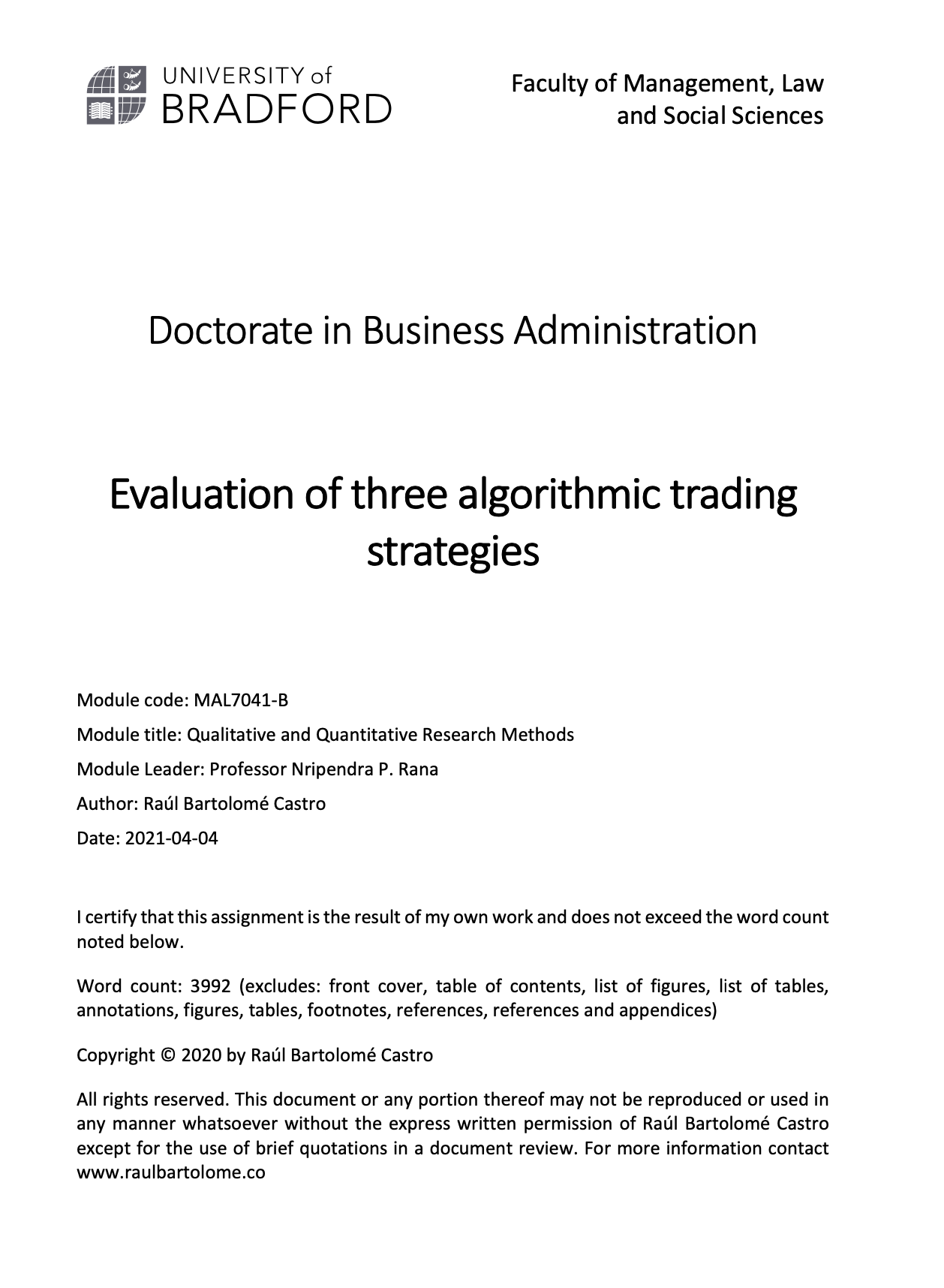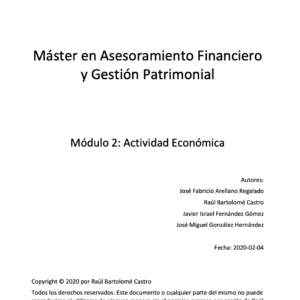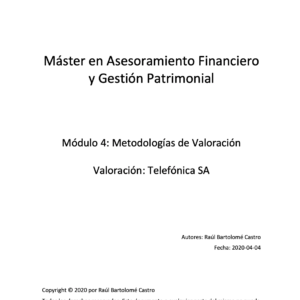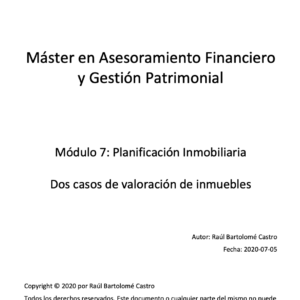The study of algorithmic trading is of high importance given its predominance and forecasted growth. In 2019 the majority of the equity traded in US was executed by algorithms, equivalent to 35.1% of $31 trillion and the global estimated compounded annual growth rate (CAGR) over the period 2020-2027 is 8.7%.
The topic presents many issues and angles. Institutional investors employ big human and capital resources to take advantage of algorithmic trading, while retail investors have limited but growing opportunities. Secondly, the number of treading strategies is big, tending to infinite assuming parameters change, that makes the selection of strategies challenging. Thirdly, investors are by nature idiosyncratic, and consequently does not exist one strategy valid for all.
The existing academic literature takes a strong financial mathematics stand; paying attention to market microstructure (Copeland and Galai 1983; Madhavan and Sofianos 1998), cost measurement (Berkowitz et al. 1988; Wayne and Edwards 1993), or cost estimation (Lillo et al. 2003; Kissell et al. 2004) just to cite some topics. There is a more pragmatical approach, captured by textbooks, with emphasis to build your own algorithmic trading system (Chan 2009; Chan 2013; Georgakopoulos 2015; Conlan 2016). However, very little attention is taken to algorithmic trading with existing trading planforms like QuantConnect or AmiBroker and algorithm libraries like Quantpedia as foundation to articulate the research.
The research purpose of this coursework is to study algorithmic trading strategies, using the repository of algorithms from Quantpedia and QuantConnect as foundation of the strategies and QuantConnect as trading platform. Particularly, the number of strategies is three: buy and hold, volatility risk premium (VRP) and sentiment momentum. The study takes two angles in the evaluation, per se and consolidated.
The research question is investor concentric rather than mathematical focus. From the three algorithmic trading strategies, which one might be the best for an investor with an investment horizon of five years? The answer is not straight forwards, because investors have different profiles of reward-risk, age, social and familiar circumstances.
This exploratory research has the potential to set the foundation of future studies about the same subject. The obvious evolution consists to expand the number of strategies, creation of novel strategies and a discussion with a more universal idiosyncratic view of the investor.
This work is structured as follows; Chapter 2 presents the research methods of the study; Chapter 3 describes the three strategies with the underpinning theory, algorithm implementation and per se evaluation; Chapter 4 consolidates the results of the three strategies, articulates a discussion of the results numerically and graphically, and argues what is the best strategy based on the investor profile; Chapter 5 embodies the conclusions of this work and finally the Chapter 6 is the reflective account of the author. It is worth to mention the appendix, where Chapter 7.2 explains the key financial variables and the mathematical background for the study; Chapter 7.3 discusses some trading platform and presents the system overview of QuantConnect; Chapter 7.4 presents an overview of free and commercial trading strategies, and finally, Chapter 7.5 provides the sources code of the algorithm for QuantConnect in Phyton.
The download includes:
- Complete coursework research in PDF format.
- Post-processing script in Phyton to consolidate the data with settings in Visual Studio Code.
- Trading algorithms from the three strategies in Phyton for QuantConnect.
- The backtesting results from QuantConnect from the three strategies.
€4,99




Reviews
There are no reviews yet.